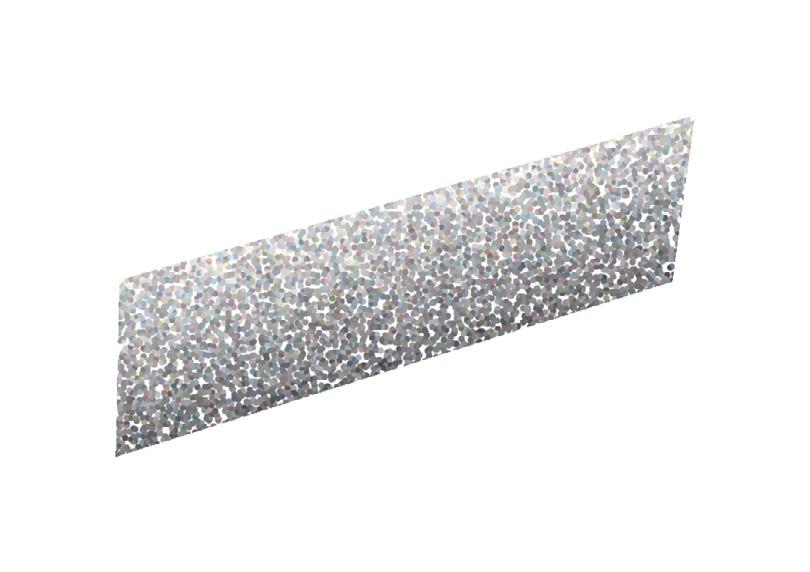
6 minute read
Petroleum
What Is Petroleum?
Petroleum is a fossil fuel. Petroleum is often called crude oil, or oil. It is called a fossil fuel because it was formed from the remains of tiny sea plants and animals that died hundreds of millions of years ago. When the plants and animals died, they sank to the bottom of the oceans. Here, they were buried by thousands of feet of sand and sediment, which turned into sedimentary rock. As the layers increased, they pressed harder and harder on the decayed remains at the bottom. The pressure and some heat changed the remains and, eventually, petroleum was formed. Petroleum deposits are locked in porous rocks almost like water is trapped in a wet sponge. When crude oil comes out of the ground, it can be as thin as water or as thick as tar. Petroleum is called a nonrenewable energy source because it takes hundreds of millions of years to form. We cannot make new petroleum reserves.
History of Oil
People have used petroleum since ancient times. The ancient Chinese and Egyptians burned oil to light their homes. Before the 1850s, Americans used whale oil to light their homes. When whale oil became scarce due to overfishing, people skimmed the oil that
OCEAN OCEAN Tiny Plants and Animals SEDIMENT AND ROCK
seeped to the surface of ponds and streams. The demand for oil grew and, in 1859, Edwin Drake drilled the first oil well near Titusville, Pennsylvania. At first, the crude oil was refined or made into kerosene for lighting. Gasoline and other products made during refining were thrown away because people had no use for them. This all changed when Henry Ford began mass producing automobiles in 1913. Everyone wanted an automobile and they all ran on gasoline. Gasoline was the fuel of choice because it provided the greatest amount of energy in relation to cost and ease of use. Today, Americans use more petroleum than any other energy source, mostly for transportation. Petroleum provides 36.5 percent of the energy we use.
Producing Oil
Geologists look at the types of rocks and the way they are arranged deep within the Earth to determine whether oil is likely to be found at a specific location. Even with new technology, oil exploration is expensive and often unsuccessful. Only about 60 percent of exploratory wells produce oil. When scientists think there may be oil in a certain place, a petroleum company brings in a drilling rig and raises an oil derrick that houses the tools and pipes they need to drill a well. The typical oil well is over one mile deep. If oil is found,
a pump moves the oil through a pipe to the surface.
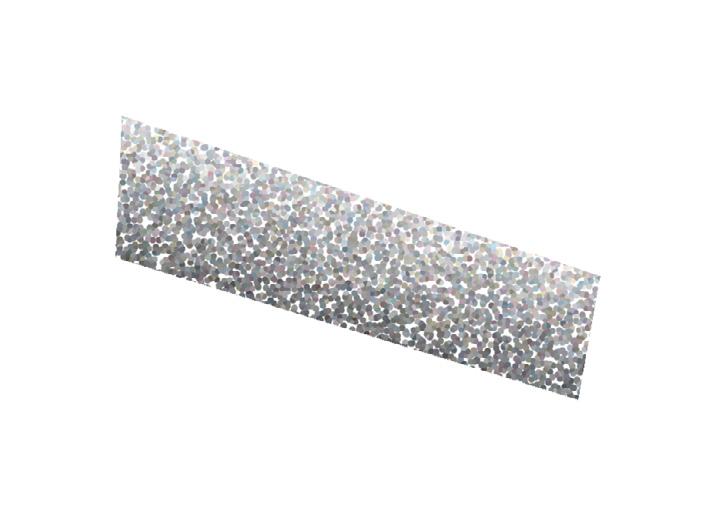
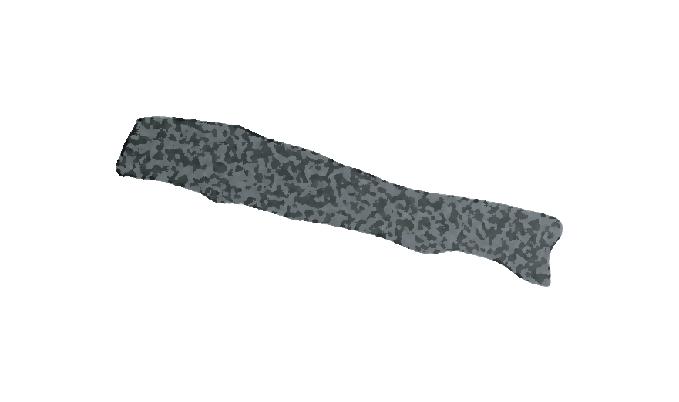
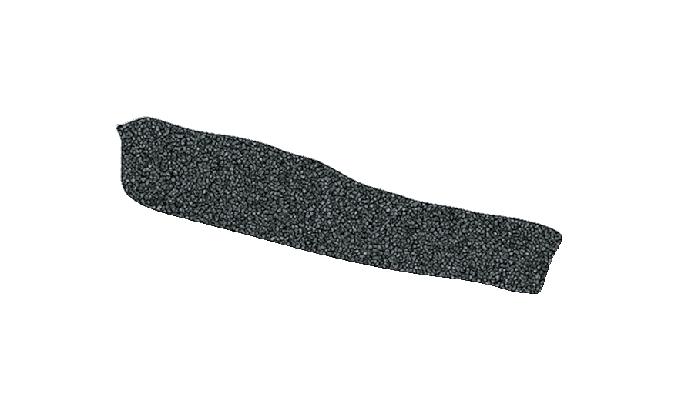

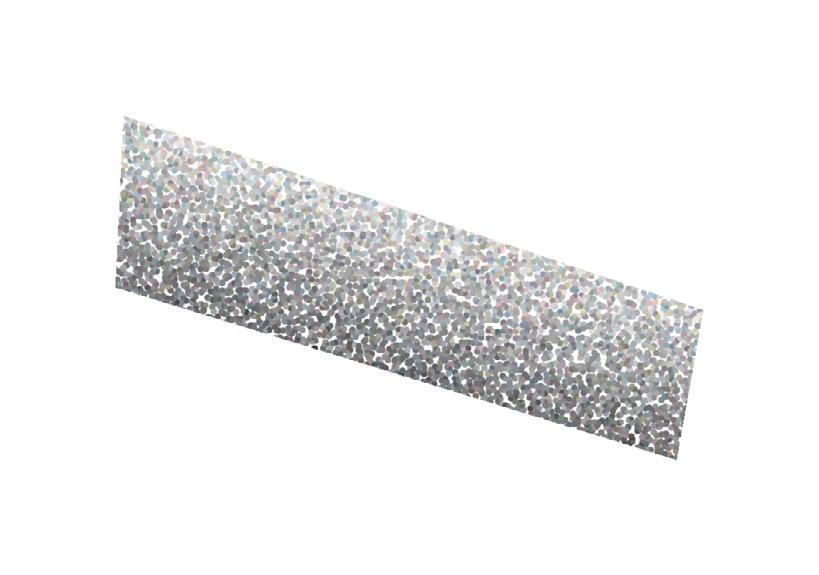
300 to 400 MILLION YEARS AGOHow Petroleum and Plant and Animal Remains
50 to 100 MILLION YEARS AGOTiny sea plants and animals died and were buried on the ocean oor. Over hundreds of millions of years, the remains were Natural Gas Were Formed burried deeper and deeper. Heat and pressure turned the plant and animal remains into oil and gas deposits.
SAND AND SILT
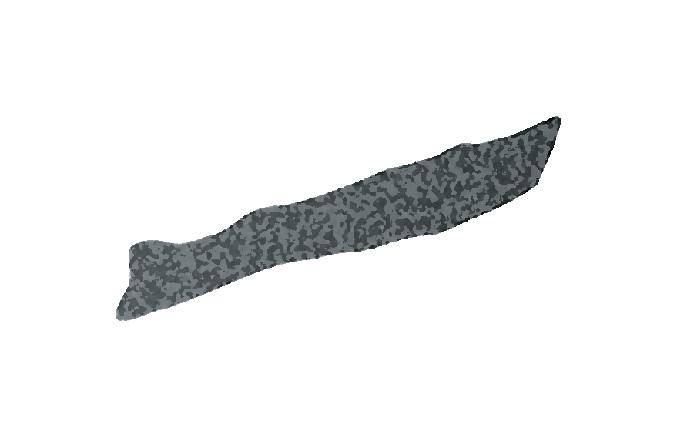
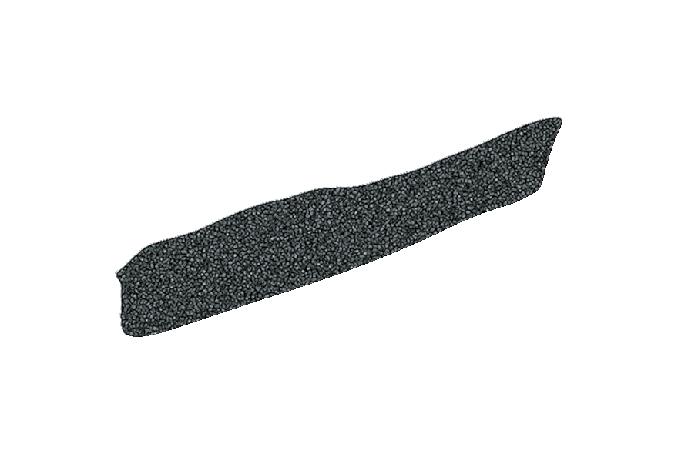




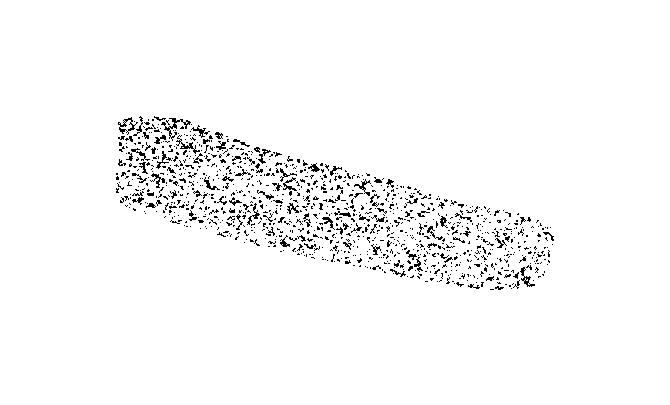
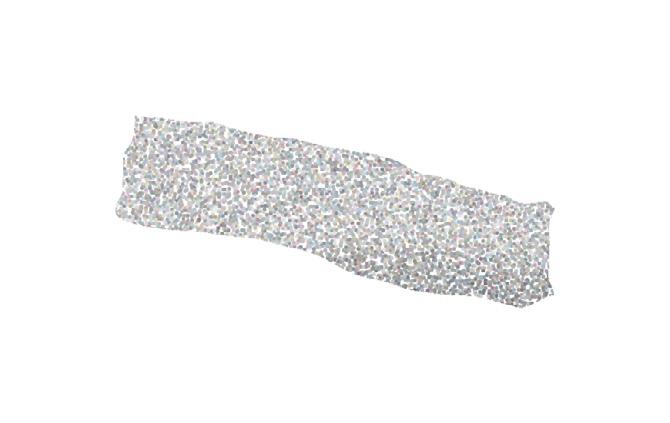
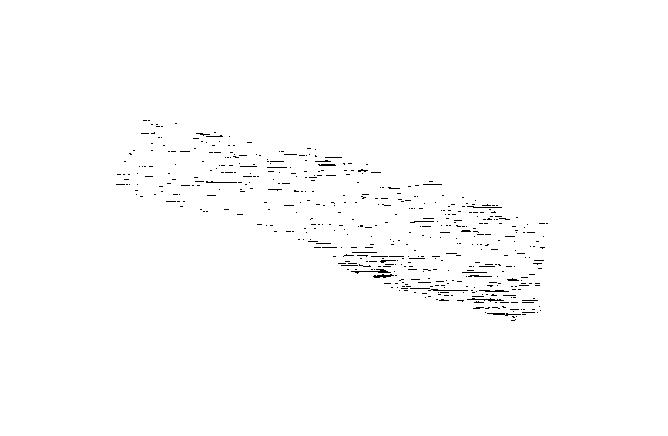
Trapped gas
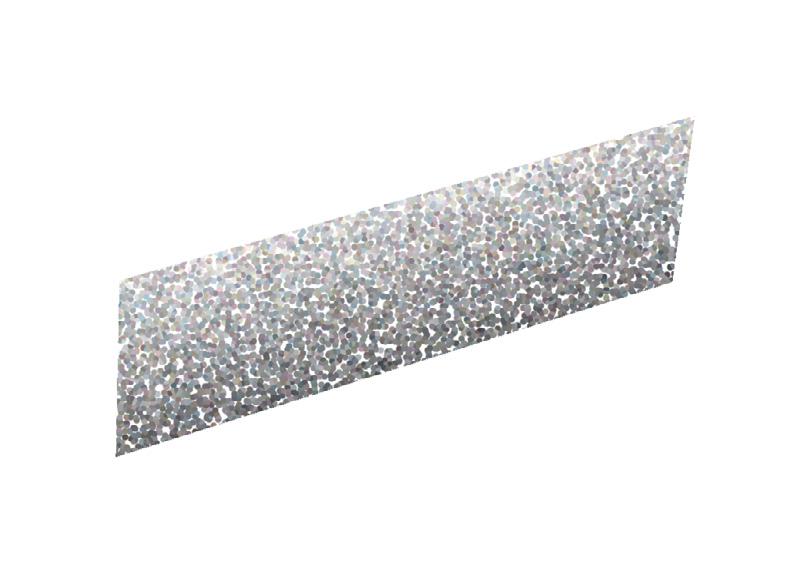



Trapped oil
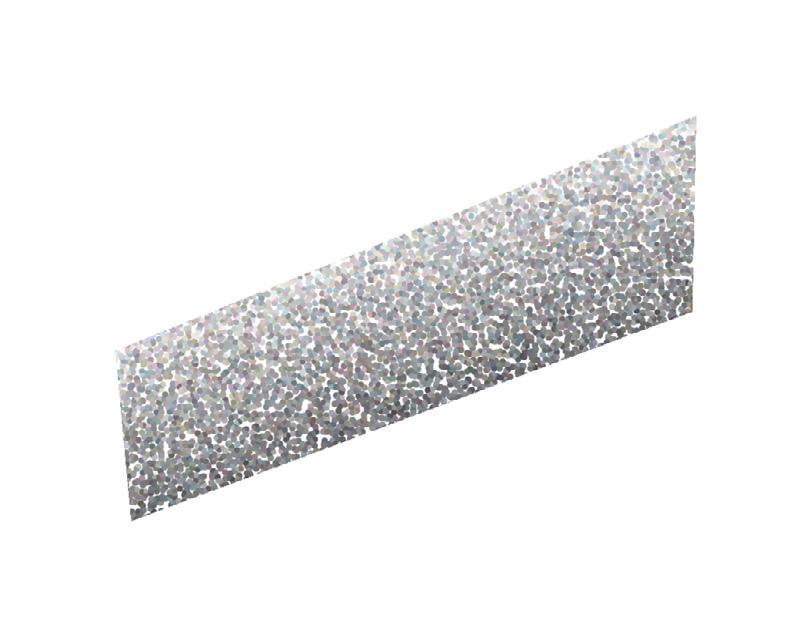
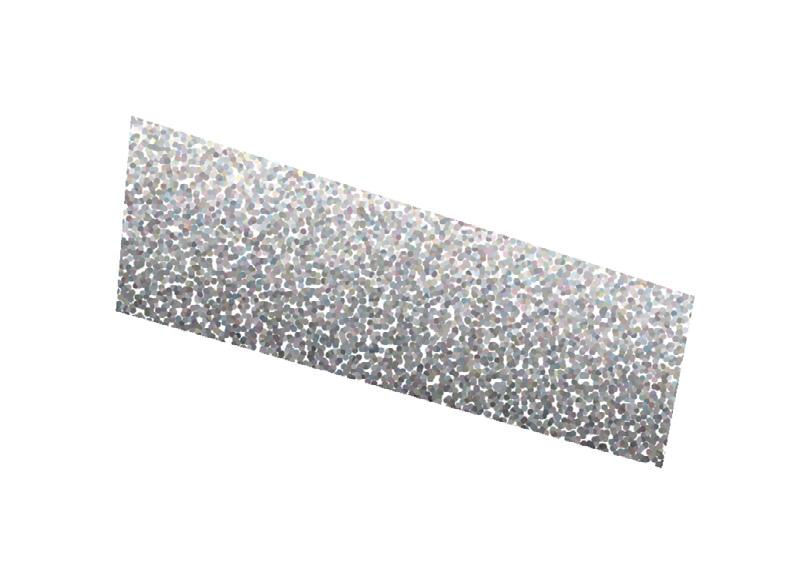
TODAY
2NORTH DAKOTA
5COLORADO 3 NEW MEXICO

4
OKLAHOMA
1
TEXAS
Data: Energy Information Administration
A little less than one-sixth of the oil the U.S. produces comes from offshore wells. Some wells are a mile under the ocean. Some of the rigs used to drill these wells float on top of the water. It takes a lot of money and technology to drill and find oil in the ocean. Texas produces more oil than any other state, followed by North Dakota, New Mexico, Oklahoma, and Colorado. Americans use much more oil than we produce. Today, the U.S. imports 44 percent of the oil it consumes from other countries.
From Well to Market
We can’t use crude oil as it comes out of the ground. We must change it into fuels that we can use. The first stop for crude oil is at a petroleum refinery. A refinery is a factory that processes oil. The refinery cleans and separates the crude oil into many fuels and products. The most important one is gasoline. Other petroleum products are diesel fuel, heating oil, and jet fuel. Industry uses petroleum as a feedstock to make plastics and many other products.
Shipping Petroleum
After the refinery, most petroleum products are shipped out through pipelines. There are about 190,000 miles (305,775 km) of underground pipelines in the United States transporting refined petroleum products. Pipelines are the safest and cheapest way to move big shipments of petroleum. It can take two to three weeks to move a shipment of gasoline from Houston, Texas, to New York City. Petroleum can also be moved over water in a tanker. Special companies called jobbers buy petroleum products from oil companies and sell them to gasoline stations and to other big users such as industries, power companies, and farmers.
Oil and the Environment
Petroleum products—gasoline, medicines, fertilizers, and others— have helped people all over the world, but there is a trade-off. Petroleum production, exploration, and the use of petroleum products cause air and water pollution. Drilling for and transporting oil can endanger wildlife and the environment if it spills into rivers or oceans. Leaking underground storage tanks can pollute groundwater and create noxious fumes. Processing oil at the refinery can contribute to air and water pollution. Burning gasoline to fuel our cars contributes to air

2.3% Heating Oil 2.3% Heavy Fuel Oil 4.5% Liqueed Petroleum Gases 9.1% Jet Fuel 13.6% Other Products
25.0% Diesel
43.2% Gasoline

Data: Energy Information Administration
Other Petroleum Products
Ink Enamel Pantyhose Hand lotion Movie film Artificial limbs Nail polish Balloons Antihistamines Heart valves Antiseptics Oil filters Toothbrushes Aspirin Ballpoint pens Dashboards Paint brushes Skis Crayons Purses Pajamas Toothpaste Sunglasses Golf balls Luggage Footballs Perfumes Parachutes Deodorant Cassettes Guitar strings Glue Contact lenses DVDs Dyes Shoe polish Fishing rods Dice Fertilizers Electrical tape Trash bags Insecticides Floor wax Shampoo Cold cream Tires Cameras Detergents
U.S. Petroleum Consumption by Sector, 2018

TRANSPORTATION 70.6% INDUSTRIAL 23.8% RESIDENTIAL 2.6% COMMERCIAL 2.3% ELECTRICITY 0.7% Data: Energy Information Administration
pollution. Even the careless disposal of waste oil drained from the family car can pollute rivers and lakes. The petroleum industry works hard to protect the environment. Gasoline and diesel fuel have been changed to burn cleaner. And oil companies work to make sure that they drill and transport oil as safely as possible. 19









